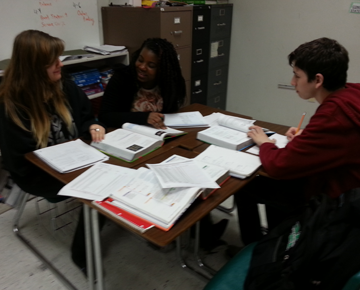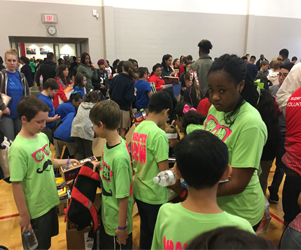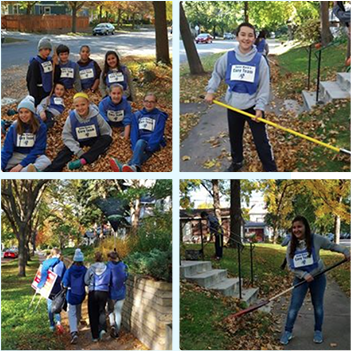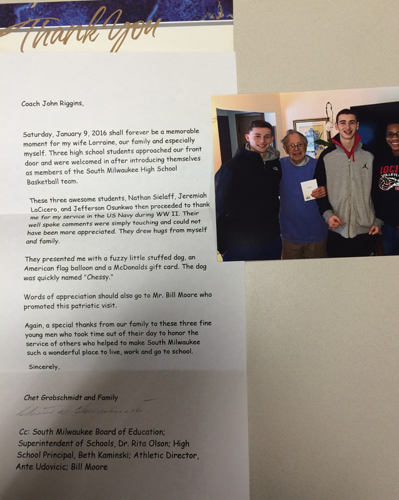Moral action is the central practice of character education. Students need to “know” and “do” good in their everyday activities, and in the world around them. By grappling with real-life challenges and reflecting on those experiences, students develop a practical understanding of their values, and acquire the moral sense of giving of oneself. Students learn that they can make a difference in their lives, and the lives of others, by choosing to “do good.”
By recognizing opportunities for moral action, schools show that they are thoughtful and intentional in their efforts to help students learn from these experiences. Moral action is how learning happens, both ethical and intellectual.
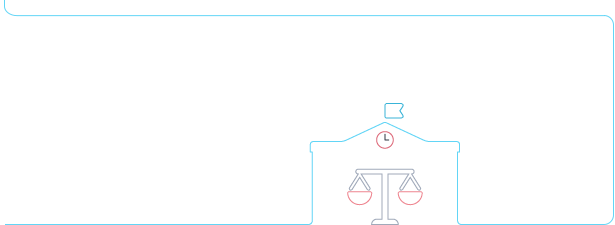

What is Service Learning?
Service learning is a systemic approach that helps students make connections between core values, academic content, and real life issues. It engages students in researching, planning, action, reflection, and learning. This process gives students a voice by actively involving them in all stages of the project.
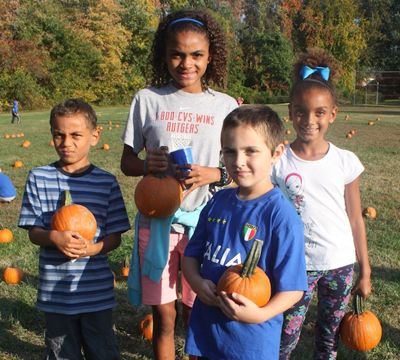
Service learning experiences are marked by continuity, depth, and meaningfulness, which has been embedded into the curriculum and culture of the school, and institutionalized as a core instructional strategy. Service learning is a continuing process, with each active learning experience linked to others, and includes actions that have moral significance as well as relevant academic content.
Community Service:

Service (doing good)/
moral action
Reflection
Service Learning:

Service (doing good)/
moral action
Reflection
Research/investigation
A way to share or
demonstrate knowledge gained
Planning/connection to curriculum and/or integration of academic content

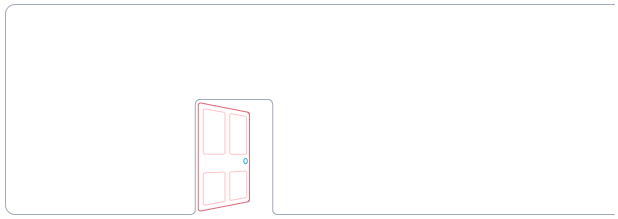
Creating Opportunities
Too often, opportunities for moral action are available only to those students who already succeed in schools—academic achievers, “good” students, and student leaders (such as student council/student government).
Yet, opportunities for moral action may be most critical for those who have not succeeded in traditional classrooms, as they provide an alternative route to learning. If we believe that students learn best by doing, then perhaps the best way to help students labeled “at-risk” for problem behaviors may be to put them in the role of problem solvers and active contributors.
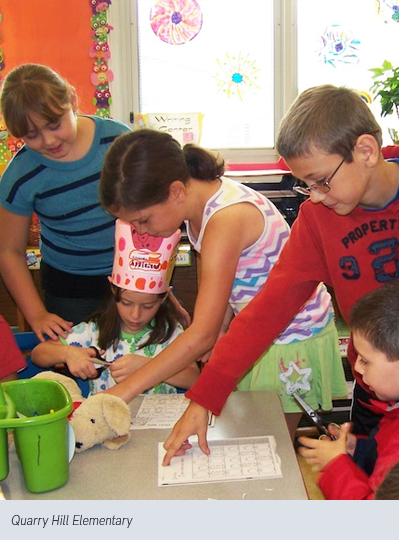
Rougher Alternative Academy
John Wooden
Be more concerned with your character than your reputation, because your character is what you really are, while your reputation is merely what others think you are. The true test of a man’s character is what he does when no one is watching.
Coach Wooden’s famous quote is more commonly paraphrased as “Character is what you do when no one is looking.” What people believe to be good and right—the essence of their character—is embodied and given life through actions of all sorts, from the everyday to the life changing.
School Examples

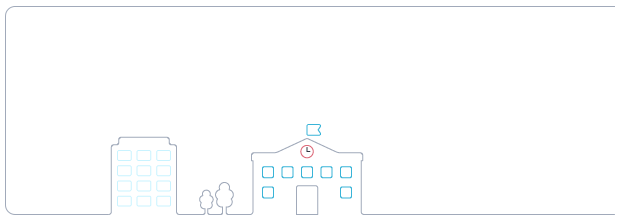
District Example
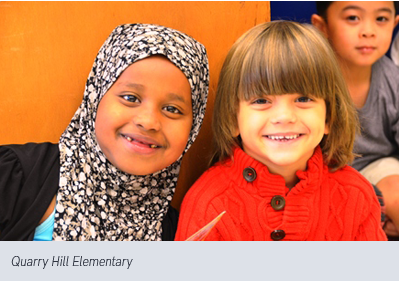
Bayless School District in St. Louis, Missouri has an expectation of service and this has led to a strong connection with the Affton Food Pantry. Anna Belveal, who has worked at the Pantry for two years, says she can always tell a Bayless kid by their helpfulness. The school is able to provide leftover milk for the Pantry, and the district has a “Souper Bowl” fundraiser. Students in grades 6-12 create ceramic bowls for the event. Student athletes competed against Nottingham, a school entirely comprised of special needs students. Both teams benefited from the friendly competition.
The Power of Discussion
- What is moral action?
- Are we providing opportunities for all students to develop and practice the skills and behavior habits that make up the action side of character?
Questions for Staff to Ponder
How do we define moral action? Are we intentional in our efforts to identify opportunities for our students, and ourselves, to take moral action, both in and out of school?
?
Are we providing opportunities for all our students to take moral action?
?
How might we do this in our school? What would we expect to happen? What challenges might we have to overcome to implement this approach?
?
Are we on the right track?
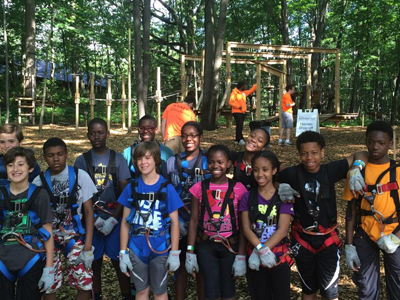
Do we provide opportunities for moral action? Do we provide opportunities for all students to participate?
Moral action is the central practice of character education. Students need to “know” and “do” good in their everyday activities, and in the world around them. By grappling with real-life challenges and reflecting on those experiences, students develop a practical understanding of their values, and acquire the moral sense of giving of oneself. Students learn that they can make a difference in their lives and the lives of others by choosing to “do” good. By recognizing opportunities for moral action, schools show that they are thoughtful and intentional in their efforts to help students learn from these experiences. Moral action is how learning, both ethical and intellectual happens.
Self-Reflection
What are we doing in our school that is considered community service?
What are we doing in our school that is considered service learning?
How do we know the difference between the two?
[wp_quiz id=”4422″]
Research that Supports Principle 5
![]()
A meta-analysis of 62 studies involving 11,837 students indicated that, compared to controls, students participating in SL programs demonstrated significant gains in five outcome areas: attitudes toward self, attitudes toward school and learning, civic engagement, social skills, and academic performance…. Furthermore, as predicted, there was empirical support for the position that following certain recommended practices—such as linking to curriculum, voice, community involvement, and reflection—was associated with better outcomes.
Celio, C. I., Durlak, J., & Dymnicki, A. (2011). A Meta-analysis of the Impact of Service-Learning on Students. Journal of Experiential Education, 34(2), 164-181. Retrieved December 26, 2017, source
![]()
The available evidence suggests that service-learning and community service are associated with development. There is solid evidence that service-learning influences moral development, civic attitudes, and civic participation, and the sense of self and identity. Research also suggests that service-learning may be associated with decreases in risk behavior and increases in positive behavior.
Hart, S., Matsuba, K., & Atkins, R. (2008). The moral and civic effects of learning to serve. In Handbook of Moral and Character Education (pp. 484-499). New York, NY: Routledge.

Authored by Lori Soifer

